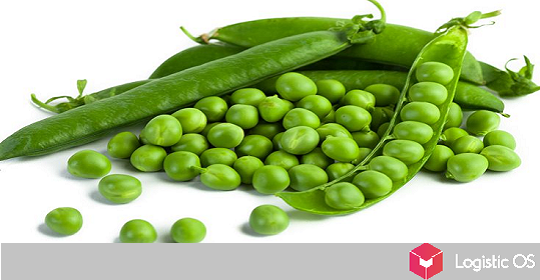A possible wheat deficit in India may lead to the country lifting import restrictions, which will be a big positive for Russian exporters.
India is currently one of the most densely populated countries in the world, with a population of about 2 billion people.
For this reason, India has a strong need for food, including wheat.
At the same time, India is in third place in the world in terms of wheat production, harvesting about 110 million tons of it every year. But at the same time, wheat consumption by Indian citizens is still higher, at about 112 million tons.
By the way, in this parameter, India is the second country in the world after China, which consumes about 154 million tons of wheat per year.
This situation leads to the fact that wheat reserves in the country are rapidly declining.
For example, last year they were at about 28 million tons, and now they have dropped to 7.5 million tons.
If this trend continues, the reserves may run out completely, which could harm the country’s food security.
In this regard, it is possible that the Indian authorities may reconsider the measures currently in effect that provide protection to Indian producers.
Such measures include not only their support through various subsidies, but also, first of all, a prohibitive import duty on wheat, which was set at 30% in 2018, and then 40%.
So far, the Indian government has not officially spoken about the possible abolition of the duty, but analysts believe that this scenario is quite likely, because otherwise India risks facing a significant deficit of wheat.
Russian exporters are already preparing for the fact that in the event of «opening of the borders» their products can quickly be sent to the Indian market.
Currently, Russian grain is not exported to India.
The last deliveries were made in 2018, when the volume amounted to 275 thousand tons, which is quite a bit against the background of the total volume of wheat consumption in India. It is possible that in the future, deliveries will even be increased.
At the same time, if we talk about grain in general, then last season Russia exported over 800 thousand tons to India.
Of these, over 720 thousand tons are peas, the export of which resumed last December after a three-year break.
At the moment, India is the second largest importer of Russian peas after China, and also buys coriander, chickpeas and lentils from Russia, the export of which may also be expanded in the future.

